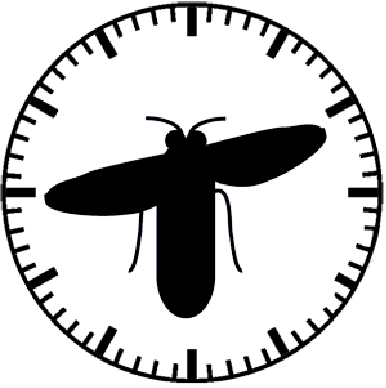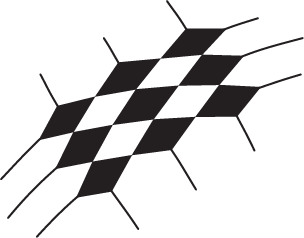Research
We investigate the molecular logic of mechanoceptive and synaptic pathways.
One part of the lab investigates molecular actors that belong to the class of adhesion-type G protein-coupled receptors. These molecules form a large group of surface receptors that constitute natural chimeras between an extracellular adhesion moiety and a transmembrane metabotropic signalling unit. We have discovered that specific adhesion GPCRs partake in developmental processes such as planar cell polarity, and have contributed to the understanding how adhesion and signalling is functionally combined within these mysterious surface receptors.
Recent results from our experiments have defined adhesion GPCRs as mechanoreceptors suggesting a novel scientific framework to study and understand their physiological profiles in a multitude of tissues and cell types including neurons, glia, muscle, vasculature and the heart.
Another emphasis of our work is on the elucidation of molecular rules that govern the scaffolding and functionalisation of synaptic contacts, and specifically the presynaptic active zone. These highly ordered organelles constitute the site where neuronal excitation is coupled to synaptic secretion. The molecular lattice coordinating these phenomena is of breathtaking complexity whilst neurosecretion is executed at high temporal and spatial precision. We seek to shed light how these properties arise.
To study these phenomena we use the fruitfly Drosophila melanogaster and the the roundworm Caenorhabditis elegans employing their vast genetic, molecular biological, imaging and functional toolkits.











